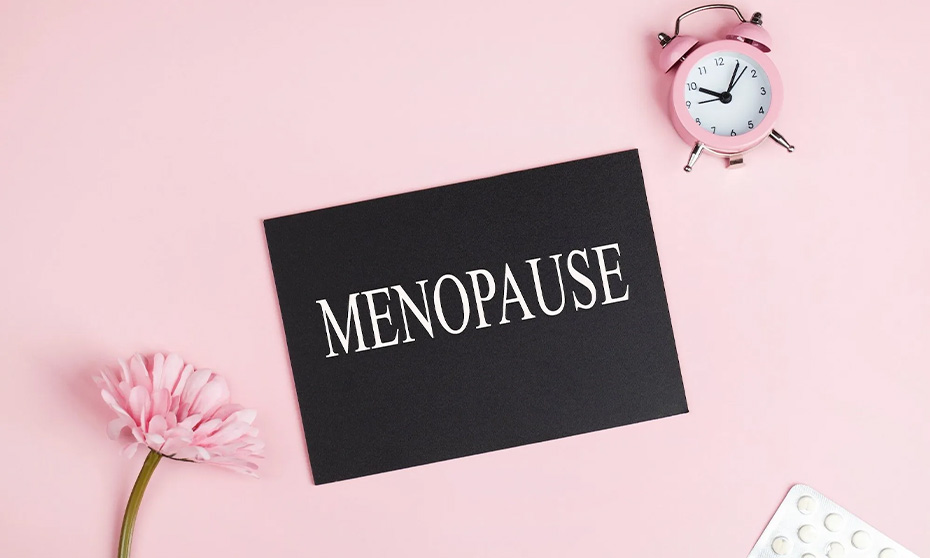Peri-menopause: Are you around? How does it affect your monthly cycles?
Menopause refers to the end of your menstrual cycle. Once you’ve gone 12 months without a period, you’ve reached menopause.
The average woman goes through menopause at 51 years old. The time period before menopause is called perimenopause.
Perimenopause symptoms occur for 4 years, on average. However, perimenopause can last anywhere from a few months to 10 years. During this time, the hormones estrogen and progesterone are in flux. Your levels will fluctuate from month to month.
These shifts can be erratic, affecting ovulation and the rest of your cycle. You may notice anything from irregular or missed periods to different bleeding patterns.
During the perimenopause, ovarian function appears to be highly variable. Length of menses varies and anovulatory cycles become more common. Hormone levels may fluctuate widely during this time, and as estrogen levels decrease, the inherent protective effects of estrogen may also decrease.
Symptoms may include:
1. Spotting between periods :
If you notice some bleeding that doesn’t require the use of a pad or tampon, it’s likely spotting.
Spotting is usually the result of your body’s changing hormones and the build- up of your endometrium, or uterine lining.
Many women spot before their period starts or as it ends. Mid-cycle spotting around ovulation is also common.
If you’re regularly spotting every 2 weeks, it may be a sign of a hormonal imbalance.
2. Brown or dark blood:
The colours you see in your menstrual flow can range from bright red to dark brown, especially toward the end of your period. Brown or dark blood is a sign of old blood exiting the body.
Women in perimenopause may also see brown spotting or discharge at other times throughout the month.
You may also notice changes in discharge texture. Your discharge may be thin and watery, or it may be clumpy and thick.
3. Shorter cycles:
When your estrogen levels are low, your uterine lining is thinner. Bleeding, as a result, may be lighter and last fewer days. Short cycles are more common in the earlier stages of perimenopause.
For example, you may have a period that’s 2 to 3 days or shorter than normal. Your whole cycle may also last 2 or 3 weeks instead of 4. It isn’t uncommon to feel like your period just ended when the next one comes.
4. Longer cycles:
In the later stages of perimenopause, your cycles may become much longer and farther apart. Longer cycles are defined as those longer than 38 days or so.
They’re related to anovulatory cycles or cycles in which you don’t ovulate.
Generally women who experience anovulatory cycles may have lighter bleeding than women who experience ovulatory cycles.
5. Missed cycles:
You may experience a missed cycle because of fluctuating hormones. In fact, your cycles may become so far apart that you can’t recall the last time you bled. After you’ve missed 12 consecutive cycles, you’ve reached menopause.
If your cycles are still making an appearance — however delayed — ovulation is still occurring. This means you can still have a period, and you can still get pregnant.
Anovulatory cycles can also create delayed or missed periods.
6. Overall irregularity:
Between long cycles, short cycles, spotting, and heavy bleeding, your cycles during perimenopause may be generally irregular.
They may not settle into any discernible pattern, especially as you get closer to menopause. This can be unsettling and frustrating.
What you need to do is…
Consider keeping a journal to track your periods. Include information such as:
-
- when they start
- how long they last
- how heavy they are
- whether you have any in-between spotting
- Take notes about abnormal bleeding, pain, discomfort, or other symptoms you’re experiencing.
When to seek an investigation?
-
- Extremely heavy bleeding that requires you to change your pad or tampon every hour or two
- Bleeding that lasts longer than 7 to 8 days
- Bleeding — not spotting — that happens more frequently than every 3 weeks
Just know how our Experts can help with Homeopathy!
Homeopathic medicines are very effective in dealing with menstrual irregularities during the perimenopause phase. Homeopathic medicines, being natural, have been a great choice for treatment. Homeopathy is a safe and definite alternative therapy for women suffering from perimenopausal symptoms. The majority of the cases seen at our clinic by Dr. Greeva Mankad, who have chosen to try alternative medicines rather than opt for HRT (Hormone Replacement Therapy).
However, women who take HRT and do not benefit, or those who are not recommended HRT due to its numerous health concerns, also benefit well from our homeopathic medicines. As our treatment has no side effects or contraindications, it may be taken with or without other modes of treatment (HRT) or supplements.
The chosen homeopathic remedy can:
-
- Completely control menopausal flashes
- Relieve breast tenderness and incontinence
- Minimize irregularity of periods and other abnormalities of the menstrual cycle
- Dramatically stabilize mood swings, nervousness, depression, weeping disposition, etc
- Help in a healthy transition into menopause
Homeopathic medicines used for this condition are those derived from natural sources such as plants, minerals, etc.
Conclusion
Homeopathic medicines like sepia, Lachesis, Natrum Mur, Pulsatilla, Ferrum Met, Sabina, Thlapsi Bursa P, Trillium P, etc, and many others are examples of some beautiful homeopathic medicines for menstrual irregularities during perimenopause.
Consult Dr. Greeva Mankad, an expert homeopath online
https://homeoeclinic.com
For clinic Visits Contact us on:
– 9737736999
– 8780958187
Dr. Mankads’ Homeoclinic wishes you a Healthy Time Further!

